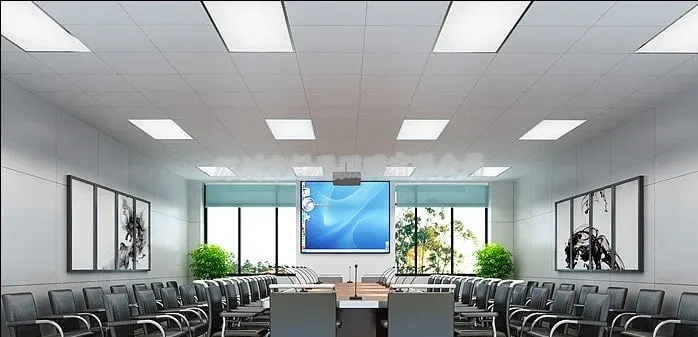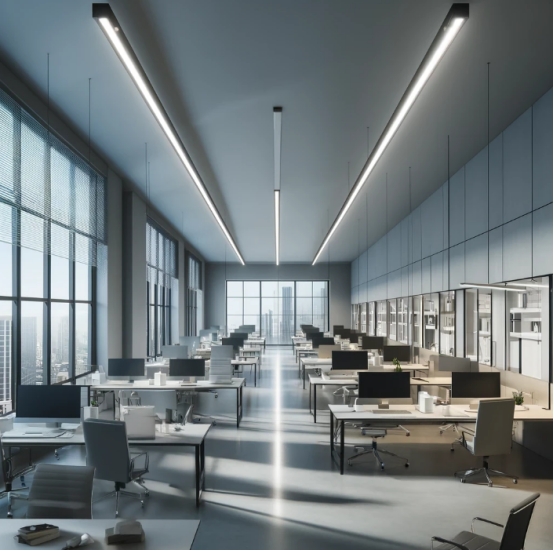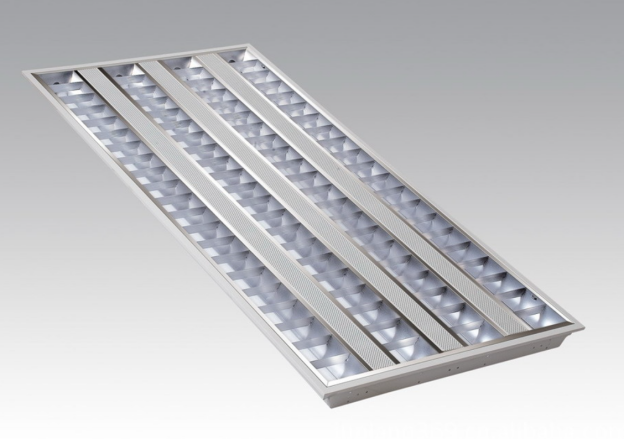Lighting fixtures are crucial for illuminating different spaces; every space requires different lighting. You may also come across LED troffer lights and panel lights when looking for options, but it is essential to ensure where you can use the two lights and what purpose they serve.
LED troffer lights and LED panel lights differ in terms of lighting and functionality. The LED troffer lights are ideal for larger spaces that need uniformity in lighting. However, the panel lights are suitable for compact spaces that are more inclined towards being design-oriented.
This guide below features a detailed analysis of what LED troffer lights are and how they differ from panel lights. The analysis below will give an insight into the differences.
LED Troffer Lights: Detailed Analysis
LED troffer lights are well known for their energy efficiency and are used widely in many commercial settings. They offer bright illumination with uniformity and are recessed in the ceiling. These lights are an alternative to fluorescent troffers because they are more durable, offer better lighting, and have high energy efficiency.

Key Features, Components & Sizes:
LED troffer light fixtures have multiple features, components, and sizes, which are discussed below:
Features:
- LED troffer lights consume less energy, and are known for their excellent energy efficiency.
- The lifespan of LED troffer lights is longer; hence, the cost spent on maintenance and replacements tends to reduce.
- LED troffer lights also have multiple features, many of which are dimmable. Hence, the lighting environment is controlled better.
- Various color temperatures are available in the LED troffer lights, which can be chosen based on the requirements of different spaces and applications.
Components:
There are multiple components in the LED troffer lights, with each playing an important role. These components comprise the following:
- The LED chips are the core components that help generate light.
- These LED lights also comprise an LED driver, which helps convert the electrical power into power suitable for LED lights to function.
- There is a heat sink as well, which helps to dissipate the heat generated by these lights and helps to add to the durability of the light.
- The LED troffer lights are also composed of a diffuser, which helps in the even distribution of light and reduces glare.
Sizes:
There are various sizes in which LED troffer lights are available, and hence, they are able to accommodate multiple ceiling grid sizes. However, the 2×2 LED troffer light and 2×4 LED troffer light are the most common ones.
Energy Efficiency and Cost Savings:
LED troffer lights offer significant cost savings when it comes to energy consumption. Since these lights consume less energy due to the efficiency of LEDs, they can beat fluorescent lights. The electricity cost reduces and hence helps ensure a positive environmental impact. On the other hand, the durability of these lights is relatively high, which also helps reduce maintenance and replacement costs.
Installation and Maintenance Considerations:
LED troffer lights are designed in a way that the installation process is fairly simple. They fix the ceiling grids and are ready to light up the entire space. They are also straightforward to maintain compared to traditional lighting options. If an eye is kept on the issues and the lenses are cleaned in a timely manner, the lifespan of the LED troffer lights increases.
Applications and Use Cases:
The LED troffer light fixtures have multiple applications due to their versatile performance; some of the applications are as follows:
- They create an inviting feel when usd in retail stores.
- In educational institutions, they are suitable for providing uniform lighting for classrooms.
- In healthcare facilities, the LED troffer lights ensure efficacy in lighting the medical spaces.
- In commercial buildings, lobbies, conference rooms, and walkways usually have LED troffer lights.

Comparison with Traditional Lighting Technologies:
When compared to traditional lighting technologies, LED troffer lights have various positive aspects, and some of these are as follows:
- The energy efficiency of LED troffer lights is superior to fluorescent troffer lights.
- LED troffer light fixtures have a longer lifespan, and hence, the replacement costs are reduced.
- LED lights tend to start right away, fluorescent lights take time.
- LED troffers offer better ambiance, color rendering, and visibility than traditional troffers.
Common Issues and Troubleshooting:
The LED troffer lights may have specific issues and may need troubleshooting; some of these are as follows:
- These lights may flicker, which could be due to the incompatibility of the dimmer or a fault in the driver. By replacing the driver or ensuring dimmer compatibility such problems can be solved.
- LED troffer lights may cause a color shift sometimes, so it is recommended to use high-quality LED troffer lights.
- In LED light troffers, where dimmers are incompatible or have driver issues, a problem may be caused; hence, it is essential to verify the compatibility of the dimmer.
- The installation of LED troffers should be based on the guidelines offered by the manufacturer because, in case of insufficient heat dissipation, this could reduce the lifespan of these lights.
LED Panel Lights: Detailed Analysis
LED panel lights are lighting fixtures consisting of LEDs having a flat layout offering efficient lighting. These lights are highly energy efficient and widely used in commercial and residential spaces.
Key Features and Components:
LED flat panel light has multiple features and components to look into, and some of these are discussed below:
Features:
- The design of an LED panel light is flat and thin, and they look visually appealing when installed in places with a ceiling of a limited height.
- The LED panel lights offer consistent and uniform lighting through the surface and help to reduce glare and shadows.
- These lights are also very energy efficient and consume a lesser amount of energy compared to traditional lighting.
- The LED flat panel lights are offered in multiple options for color temperature; hence, the lighting of different atmospheres may be flexible. Hence, they are also called flexible LED panel lights.
- These days, due to innovations in lighting, LED panel lights consist of dimming capabilities, and hence, the light levels can be controlled as required.
Components:
The LED panel lights have various components, which are as follows:
- LED chips are responsible for generating light and hence are core components of these lights.
- The LED panel lights consist of a diffuser, which helps distribute lines evenly and reduces glare.
- These lights have a frame of a back plate, which supports the structure and comprises all the electrical components.
- The LED driver is also an essential component that ensures stability and efficiency in the performance of these lights by converting electrical power into power suitable for LEDs.
LED Panel Lights Sizes And Types:
Sizes:
LED panel lights are offered in multiple size options. LED panel lights are commonly used at 1200x300mm, 595x1195mm, 300x600mm, etc.
Types:
The LED panel lights offered by Olamled are divided into two types, and they have further series as well as discussed below:
LED Modular Panel Light
In the LED modular panel light offered by OLAMLED, the LED modules are easily replaced when looking forward to environmental protection and help save costs by reducing waste. It also has an optical design, which helps to protect the eyes. There are two series of LED modular panel lights with different specifications by OLAMLED, as provided below:
- PN series offers a luminous efficacy greater than 130lm/W and has white housing with reflectors. It comprises detectable modules and a power supply and has multiple sizes to choose from 150x1200mm, 300x1500mm, and 200x1200mm; the sizes can also be customized. The glare rating of these lights is less than 16.
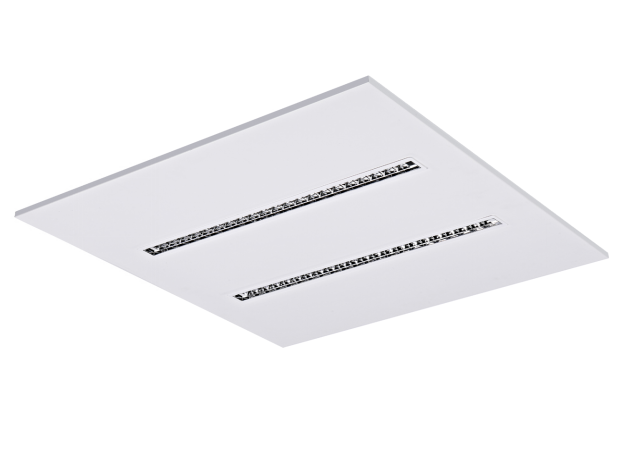
- PG series comprises a CRI of 80 Ra or 90 Ra and has a luminous efficacy of >150lm/W. The sizes offered in this series also vary and can be customized.
LED Panel Light
LED Panel light offered by OLAMLED has two types: backlit and edge-lit. The backlit panel light has a range of sizes as standard options like 600x600mm, 300x600mm, 600x1200mm, and 620x620mm. The CRI is greater than 80 and 90 Ra. It has features like DALI dimming, 1-10V dimming, and a glare rating of less than 19 or 25.
On the other hand, the edge-lit panel light offers a luminous efficacy of 100-120LM/W and has multiple size options that can be customized. It has multiple installation methods, including LED ceiling panel light, recessed panel lights, etc. The glare rating for this light is also less than 19, and it offers an IP rating of 40 and 65.
Energy Efficiency and Cost Savings:
These lights use LEDs that convert a massive amount of energy into light, reducing electricity bills. LED panel lights offer a lot of efficiency when it comes to energy saving.
Installation and Maintenance Considerations:
LED panel lights are designed to be easily installed in different setups. These are installed in various ways, either by surface mounting or in the form of drop ceilings.
Moreover, their maintenance requirement is significantly less, and if the panel surface is kept clean and inspected promptly, no such replacements are needed.
Applications and Use Cases:
There are multiple applications of LED panel lights, and some of them are discussed below:
- These lights are used in offices to offer a brighter illumination.
- Commercial buildings also installed LED panel lights in conference rooms, corridors, and lobbies.
- Retail stores and residential spaces are also equipped with LED panel lights.
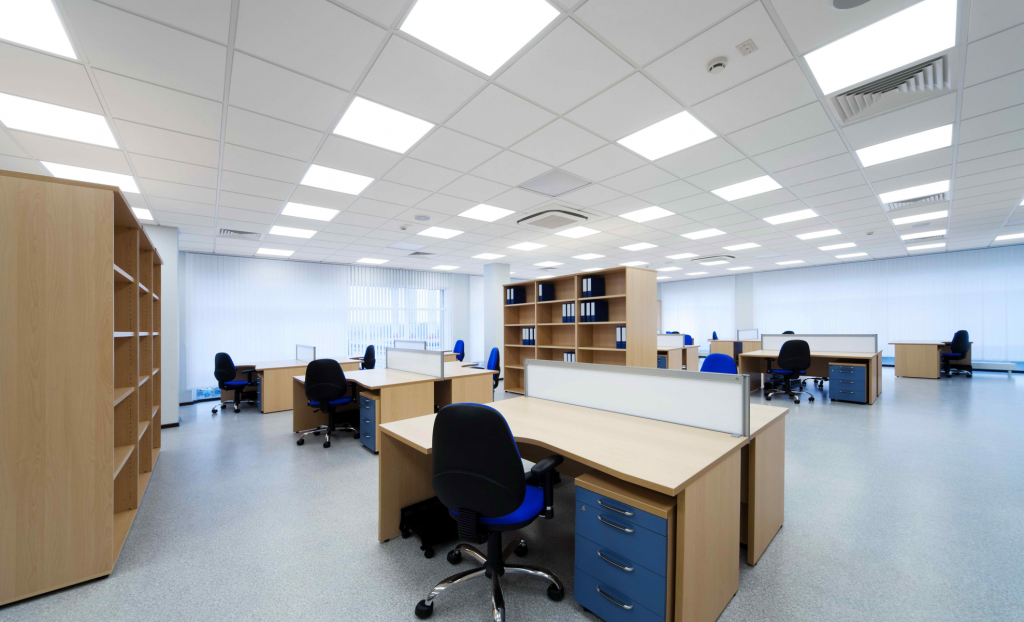
Comparison with Traditional Lighting Technologies:
- The LED panel lights offer improved energy efficiency.
- They have a longer life span and offer better color rendering properties, which helps improve aesthetics and visibility.
- These lights, since they are LEDs, light up immediately, unlike fluorescent bulbs.
Common Issues and Troubleshooting:
LED panel lights may offer some issues and need a solution as discussed below:
- The LED panel lights may sometimes flicker, which could be because of the faults in the driver, which, when replaced, resolves the issue.
- The color of the LED panel lights may shift over time if the quality of the LED panel light could be better.
- If you encounter any dark spots, you must ensure proper installation and look for issues with reflectors or LED chips.
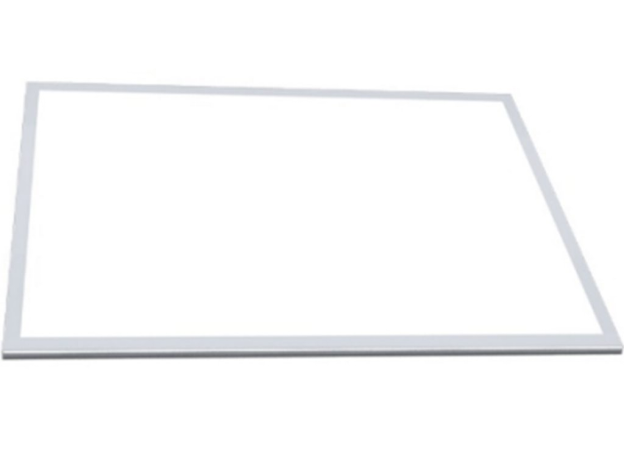
LED Troffer Lights Vs. LED Panel Lights: Key Differences and Similarities
LED troffer lights and LED panel lights may have some differences, but at the same time, they also do have some similarities. The table below shows the two aspects between these lights, so let’s prepare below.
| Differences | Similarities |
| LED troffer lights fit perfectly in the ceiling grid and are recessed with a frame.LED panel lights are flat and slim designs and they are either surface mounted or have a suspended installation. | The LED troffer lights as well as LED panel lights both offer high energy efficiency and hence have a reduced consumption of electricity which reduces the cost of electricity. |
| LED troffer lights are suitable for lighting a larger space.LED panel lights are suitable for lighting a small and compact space. | The lighting offered by both the lights is uniform and even and hence it helps to improve visibility and reduces the glare. |
| LED troffer lights are designed for installation on ceiling grids. LED panel lights, on the other hand have the ability to adapt to different ceiling types as they have multiple mounting options. | LED troffer lights as well as LED panel lights, both offer multiple options for color temperature and can have features like dimming incorporated. |
Are LED Troffer Lights Better Than Panel Lights? The Answer
The choice of selection between LED troffer and LED panel lights depends on the user’s preferences and requirements. The LED troffer lights are suitable in larger spaces used commercially when integrated into the ceiling grids.
Meanwhile, LED panel lights have a sleek design and versatile installation options. Hence, they are suitable for offices as well as residential installations.
However, the two of these lights come with customization options, offer uniform light distribution and are energy efficient. The choice between the two of these will consider installation, application requirements, and aesthetic requirements.
Conclusion:
As you have gone through a detailed analysis of LED troffer lights and LED panel lights, you must be well equipped with an understanding of the differences and similarities these may have. However, if you want the proper manufacturer, contact OLAMLED and discuss your requirements.
